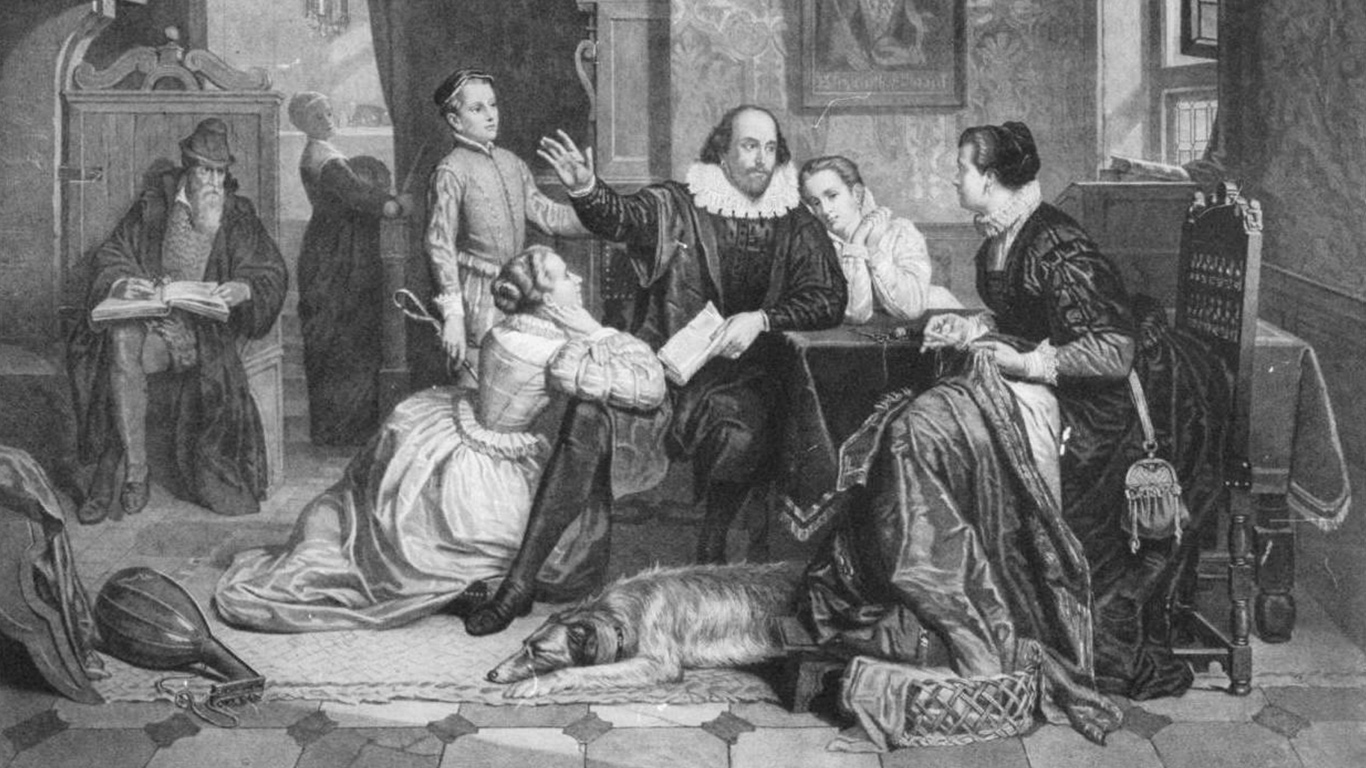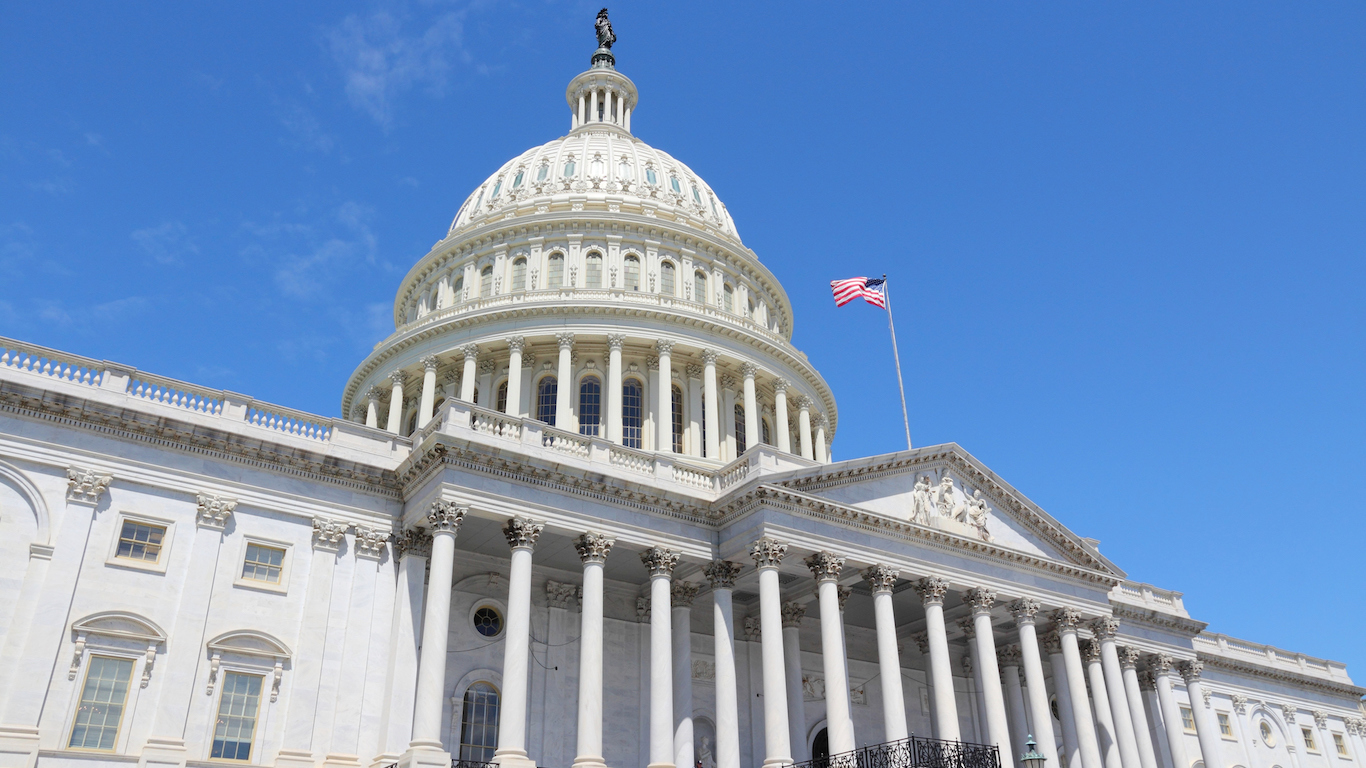Special Report
College Majors With Highest (and Lowest) Unemployment

Published:
Last Updated:

People who have graduated from college are historically more likely to be employed than those who have not. The unemployment rate for those with a four-year bachelor’s degree is 2.7% – lower than the national unemployment rate of 4.9% for all workers. In comparison, the rate for those with a regular high school diploma is 5.2%.
Even among college graduates, however, the unemployment rate varies greatly depending on major. While the unemployment rate for those who majored in certain subjects such as public policy and social psychology is higher than the national jobless rate, it is less than 0.1% for others such as nuclear technology and actuarial science.
24/7 Wall St. has determined the college majors that currently have the highest and lowest rates of unemployment using data from the U.S. Census Bureau’s 2015 American Community Survey.
Click here to see the majors with the highest unemployment.
Click here to see the majors with the lowest unemployment.
Click here to see the detailed findings and methodology.
The majors with the highest unemployment:

15. Industrial and organizational psychology
> Unemployment: 5.5%
> Typical salary: $74,738
> Total labor force: 21,680
> Total unemployed: 1,191
[in-text-ad]



12. Miscellaneous psychology
> Unemployment: 5.7%
> Typical salary: $66,312
> Total labor force: 52,977
> Total unemployed: 3,004
[in-text-ad-2]


10. Communication technologies
> Unemployment: 5.9%
> Typical salary: $50,476
> Total labor force: 75,046
> Total unemployed: 4,458
[in-text-ad]



7. Counseling psychology
> Unemployment: 6.2%
> Typical salary: $51,472
> Total labor force: 60,210
> Total unemployed: 3,747
[in-text-ad-2]


5. Public policy
> Unemployment: 6.5%
> Typical salary: $97,299
> Total labor force: 31,494
> Total unemployed: 2,059
[in-text-ad]



2. Social psychology
> Unemployment: 7.3%
> Typical salary: $54,430
> Total labor force: 10,808
> Total unemployed: 790
[in-text-ad-2]

The majors with the lowest employment:

15. Elementary education
> Unemployment: 1.9%
> Typical salary: $46,362
> Total labor force: 1,332,640
> Total unemployed: 25,431
[in-text-ad]



12. Animal sciences
> Unemployment: 1.7%
> Typical salary: $68,360
> Total labor force: 145,807
> Total unemployed: 2,542
[in-text-ad-2]


10. Teacher education: multiple levels
> Unemployment: 1.6%
> Typical salary: $45,330
> Total labor force: 102,776
> Total unemployed: 1,647
[in-text-ad]



7. Court reporting
> Unemployment: 1.1%
> Typical salary: $61,333
> Total labor force: 6,095
> Total unemployed: 69
[in-text-ad-2]


5. Educational administration and supervision
> Unemployment: 0.6%
> Typical salary: $65,631
> Total labor force: 44,211
> Total unemployed: 285
[in-text-ad]



2. Nuclear, industrial radiology, and biological technologies
> Unemployment: <0.1%
> Typical salary: $59,717
> Total labor force: 16,399
> Total unemployed: 0
[in-text-ad-2]

Detailed Findings and Methodology
The average earnings among those with bachelor’s degrees in 13 of the 15 majors with the highest unemployment rates are greater than the average earnings across all jobs of $46,489 a year. However, they make approximately $7,000 less on average than the $64,381 average annual earnings for those with bachelor’s degrees.
When combined, the majors that have the lowest unemployment also have much larger labor forces. The total labor force in the 15 fields that have the lowest unemployment rates is comprised of 2.3 million workers, while there are just 807,142 workers with degrees in the 15 majors with the highest unemployment. This shows that more people may be drawn to those fields in which jobs are in higher demand.
To determine the college majors with the highest and lowest unemployment rates, 24/7 Wall St. reviewed data on employment status and undergraduate major from the Public Use Microdata Sample summary files of the U.S. Census Bureau’s 2015 American Community Survey. Data on earnings and educational attainment also came from the Census. Data on field of study and employment status are self-reported by the survey’s respondents. To be included in the dataset, the respondents must have graduated and received a bachelor’s degree. While respondents were able to list the field of study for any bachelor’s degree they have received and may have listed multiple majors, only the first major listed was considered in this analysis.
After two decades of reviewing financial products I haven’t seen anything like this. Credit card companies are at war, handing out free rewards and benefits to win the best customers.
A good cash back card can be worth thousands of dollars a year in free money, not to mention other perks like travel, insurance, and access to fancy lounges.
Our top pick today pays up to 5% cash back, a $200 bonus on top, and $0 annual fee. Click here to apply before they stop offering rewards this generous.
Flywheel Publishing has partnered with CardRatings for our coverage of credit card products. Flywheel Publishing and CardRatings may receive a commission from card issuers.
Thank you for reading! Have some feedback for us?
Contact the 24/7 Wall St. editorial team.